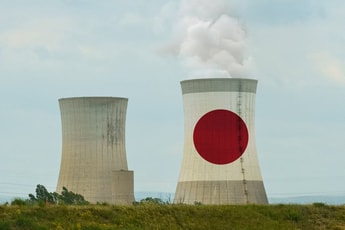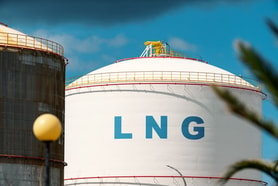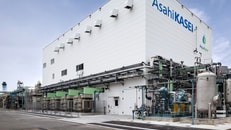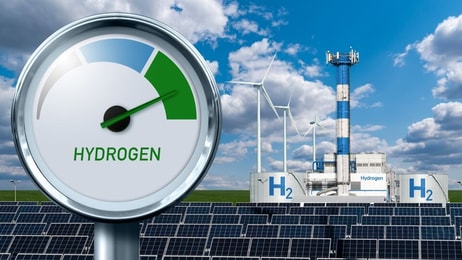Japan pilot targets clean hydrogen from nuclear heat
The Japan Atomic Energy Agency (JAEA) plans to produce clean hydrogen using heat from a high-temperature gas-cooled nuclear reactor at the Oarai Nuclear Engineering Institute in Ibaraki prefecture, northeast of Tokyo.
JAEA has applied to Japan’s Nuclear Regulation Authority to connect a hydrogen production facility to its high-temperature test reactor, as part of a broader effort to decarbonise hard-to-abate sectors such as steelmaking and the chemical industry.
If approved, the project could position high-temperature gas-cooled reactor technology as a viable production method for low-carbon hydrogen. According to the agency, it would mark the world’s first use of a high-temperature gas reactor for hydrogen production at this scale.
The process will use heat (up to 950°C) generated by the test reactor to split water into hydrogen and oxygen. This method, known as thermochemical water splitting, enables hydrogen production without carbon dioxide emissions.
... to continue reading you must be subscribed




























